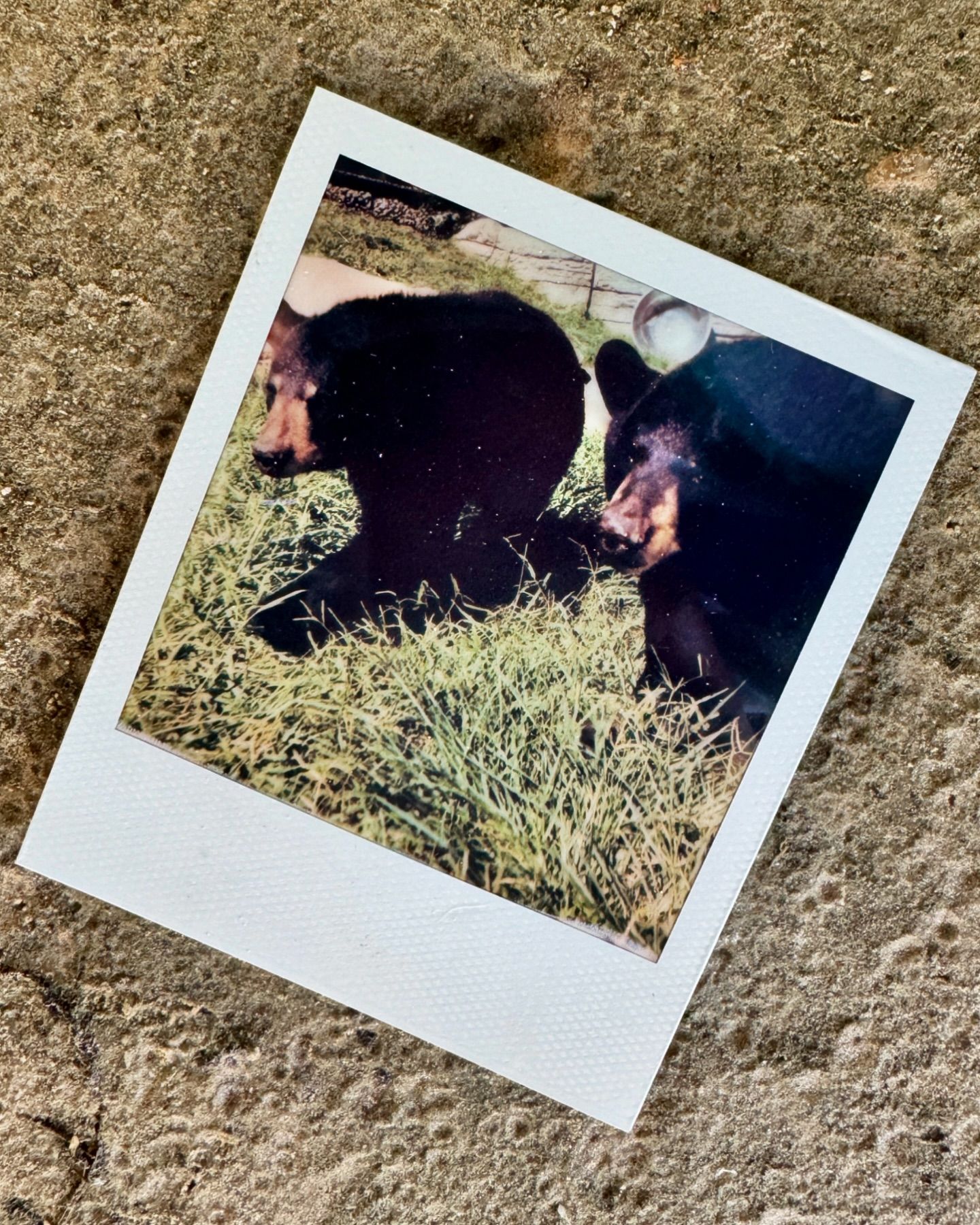- Understanding the Seasonal Changes in Animal Coats
- Impact of Temperature on Animal Behavior
- Role of Seasonal Variation in Wildlife Conservation
- Importance of Enhancing Natural Behaviors and Senses
- Encouraging Public Engagement in Wildlife Preservation
Seasonal changes significantly impact animal coats, particularly during the warmer months. For some animals, such as certain species of black-coated felines, these changes can present challenges in distinguishing between individuals. This transformation leads to an increase in their jet-black coats, contributing to the difficulty in telling them apart and influencing their behavior and survival strategies.
Animal coats are fundamental for their survival, offering protection against environmental factors and aiding camouflage. During the warmer months, especially in species with black coats, there is a noticeable change influenced by temperature and daylight duration. For these animals, their coats become denser and glossier, impacting their thermal regulation and ability to blend into their surroundings. This adaptation is crucial for avoiding predators and hunting efficiently.
The summer heat brings about behavioral changes in animals. Higher temperatures can increase metabolic rates, affecting activity levels and feeding patterns. Animals are more likely to forage during cooler parts of the day to avoid overheating. This seasonal behavior is not just limited to external activities but also impacts internal physiological processes, such as reproductive cycles and hormone levels.
Summer provides an exceptional opportunity for animals to enhance their natural behaviors and senses, like smell and foraging skills. Increased daylight and warmer temperatures allow for extended periods of activity. For many species, this time is crucial for developing and honing their navigational and sensory abilities. For instance, foraging becomes a primary activity, helping young animals learn vital survival skills from their elders.
Wildlife conservation efforts must take into account these seasonal variations. Conservation strategies must be adaptive, providing resources that align with the changing behaviors and needs of wildlife during different times of the year. Ensuring their habitat supports these seasonal adaptations for endangered species with black coats can prevent overheating and stress-related health issues. Conservationists should focus on habitat management practices that provide ample shade, water sources, and diverse food availability.
Enhancing an animal’s capacity to utilize its senses and behaviors is not just beneficial for survival but also for overall well-being. Smell, for example, is an essential sense that many animals rely on for communication, navigation, and finding food. Activities stimulating their olfactory senses can improve their quality of life and social interactions. Providing environments that challenge and stimulate these senses is crucial for their development, particularly during the more active summer months.
Public engagement in wildlife conservation efforts is paramount. Encouraging people to understand and appreciate the seasonal behaviors of animals can foster a deeper connection and commitment to preservation efforts. Educational programs and interactive experiences, such as behind-the-scenes tours in zoos and wildlife reserves, can enhance public knowledge and support for conservation initiatives.
Contests and interactive activities, like the opportunity to win a Polaroid camera, can incentivize public participation and raise awareness about wildlife conservation. These activities can generate excitement and engagement, making conservation efforts feel more personal and impactful. Posting such initiatives on social media platforms can reach a wide audience, spreading awareness and garnering support for endangered species and their habitats.
Focusing on the changes in animal coats, behaviors, and conservation needs in warmer months provides valuable insights into the natural world. Igniting public interest through educational content and interactive initiatives fosters a community committed to wildlife preservation. By highlighting the importance of seasonal changes and their impact on animal welfare, we can better advocate for sustainable practices and conservation policies that protect our planet’s biodiversity.
*****
Source Description
in these warmer months, both our coats are jet black making it harder to tell us apart! summertime also means more time to forge and work on developing our natural behaviors and senses like smell
if you want a chance at winning this polaroid, comment below and we’ll pick someone at random to send it too 🙂


